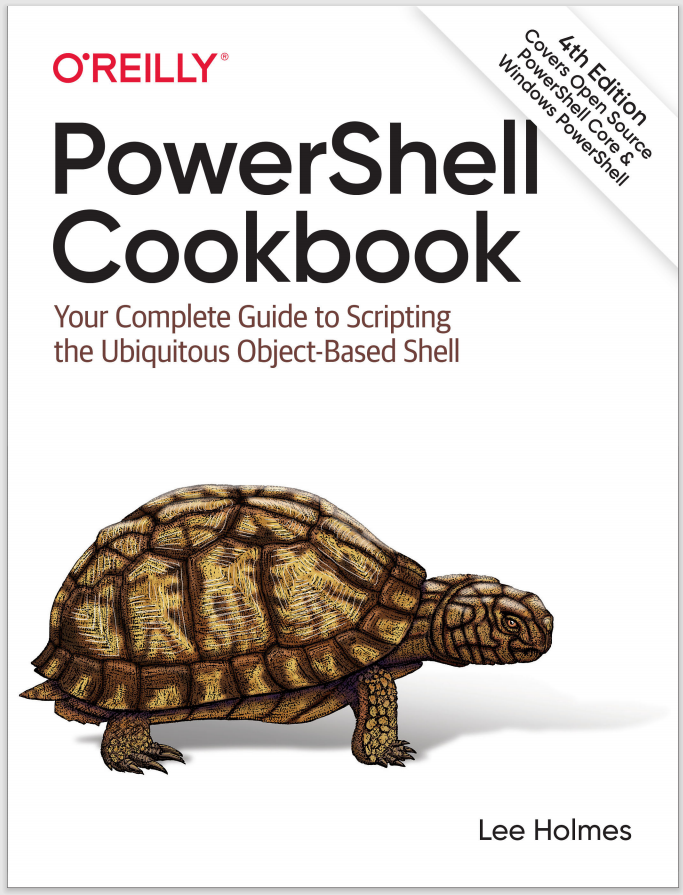Discussion
Hashtables are much like arrays that let you access items by whatever label you want—not just through their index in the array. Because of that freedom, they form the keystone of a huge number of scripting techniques. Because they let you map names to values, they form the natural basis for lookup tables such as those for zip codes and area codes. Because they let you map names to fully featured objects and script blocks, they can often take the place of custom objects. And because you can map rich objects to other rich objects, they can even form the basis of more advanced data structures such as caches and object graphs.
The Solution demonstrates how to create and initialize a hashtable at the same time, but you can also create one and work with it incrementally:
PS > $myHashtable = @{}
PS > $myHashtable["Hello"] = "World"
PS > $myHashtable.AnotherHello = "AnotherWorld"
PS > $myHashtable
Name Value
---- -----
AnotherHello AnotherWorld
Hello World
When working with hashtables, you might notice that they usually list their elements out of order—or at least, in a different order than how you inserted them. To create a hashtable that retains its insertion order, use the [ordered] type cast as described in Recipe 7.14.
This ability to map labels to structured values also proves helpful in interacting with cmdlets that support advanced configuration parameters, such as the calculated property parameters available on the Format-Table and Select-Object cmdlets. For an example of this use, see Recipe 3.2.
For more information about working with hashtables, see “Hashtables (Associative Arrays)”.
